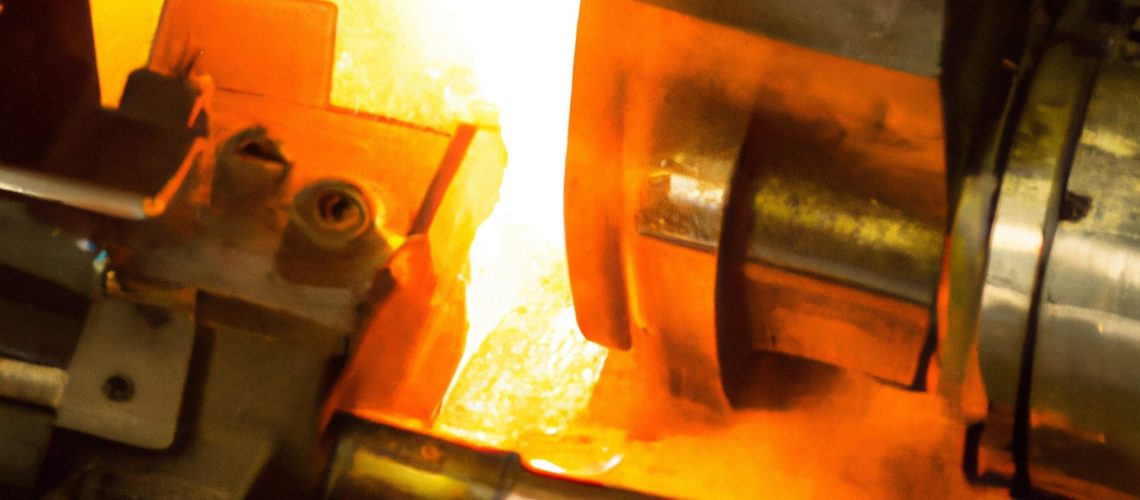Adressing the Dual Challenge of Increasing Steel Production and Decarbonizing
A pillar of modern civilization, steel is used every day in many sectors (defense, infrastructure, transportation, energy, etc.).
The problem is that its production is one of the most polluting in the world: nearly 2 billion tons produced each year generate around 8 to 10% of global CO₂ emissions. Most steel is still produced using coal-fired blast furnaces, which are highly energy-intensive and polluting.
With demand set to grow by 30 to 40% by 2050, the challenge is twofold: decarbonizing production while remaining competitive.
In the current context of energy transition, many terms are used: green steel, clean steel, zero-carbon, etc. Terms that are not always very precise. These terms are not always very precise. The World Steel Association recommends the term “low-carbon steel”, considered clearer. It refers to steels produced with technologies that significantly reduce CO₂ emissions, such as :
– The use of green or blue hydrogen (ThyssenKrupp, Nippon Steel, Hesteel Group)
– Carbon capture and storage (Emirates Steel, ArcelorMittal, Tata Steel)
– The use of renewable energy (Nucor, Evraz, Green Steel)
– Direct electrochemical or laser reduction processes (e.g. Limelight Steel)
Focus on Limelight Steel: The Low-Carbon Laser Steel Revolution
Limelight Steel is a start-up based in Oakland, California: it offers a radical alternative: using semiconductor laser diodes to heat iron ore to over 1,600°C and break the iron-oxygen bonds without using coal or hydrogen.
The “Limelight Process” takes place between ore extraction and casting. It produces purified molten iron that is ready to be transformed into steel, while avoiding the CO₂ emissions associated with conventional thermal reduction processes.
This process, which is compatible with low-quality ores and 100% electrifiable (and therefore adaptable to renewable energy networks), could thus make it possible to:
– Avoid 81% of CO₂ emissions compared to blast furnaces
– Save 46% in energy consumption
– Aim for up to 80% energy efficiency.
Supported by a $2.9 million grant from the US Department of Energy’s Advanced Research Projects Agency – Energy (ARPA-E), the project was selected from among thirteen innovative decarbonization projects as part of the ROSIE (“Revolutionizing Ore to Steel to Impact Emissions”) program.
At this stage, a laboratory prototype has been validated and a pilot plant with a capacity of 100 tons per year is planned for the coming months, with the commercial objective set for 2030.
This positioning is part of a global dynamic, supported by climate policies such as the European CBAM (Carbon Border Adjustment Mechanism), which promote low-carbon technologies and industrial relocation. But it is also in line with the quest for sovereignty for defense industrial and technological bases, which are increasingly in demand at a time of global rearmament.
(By Murielle Delaporte)
